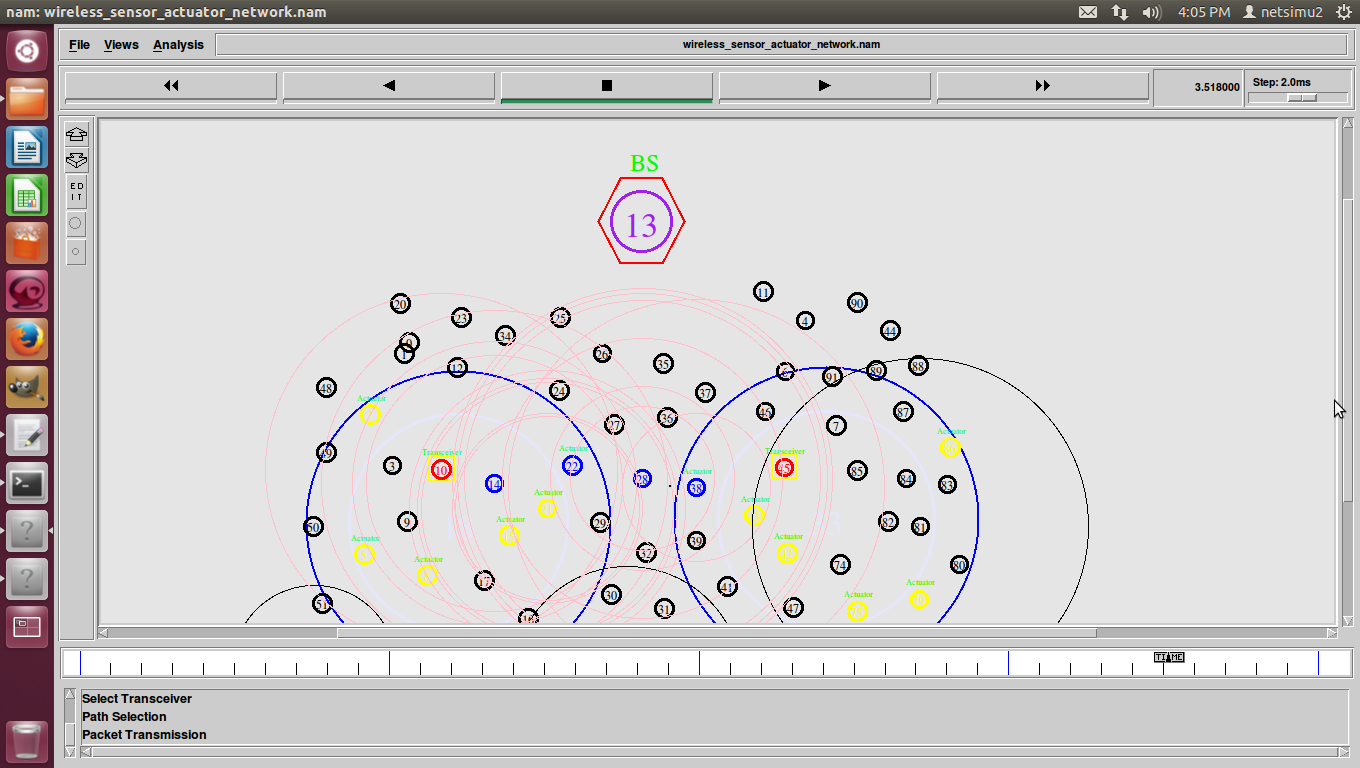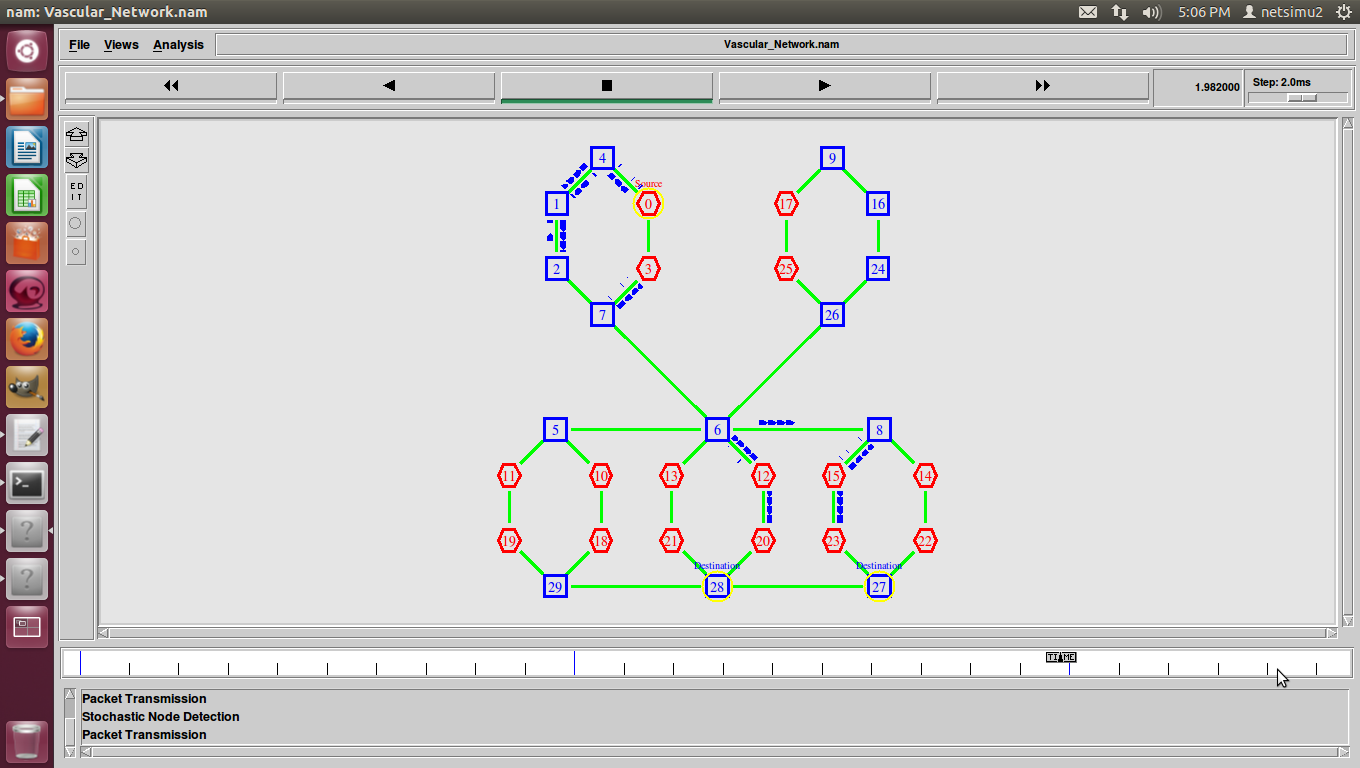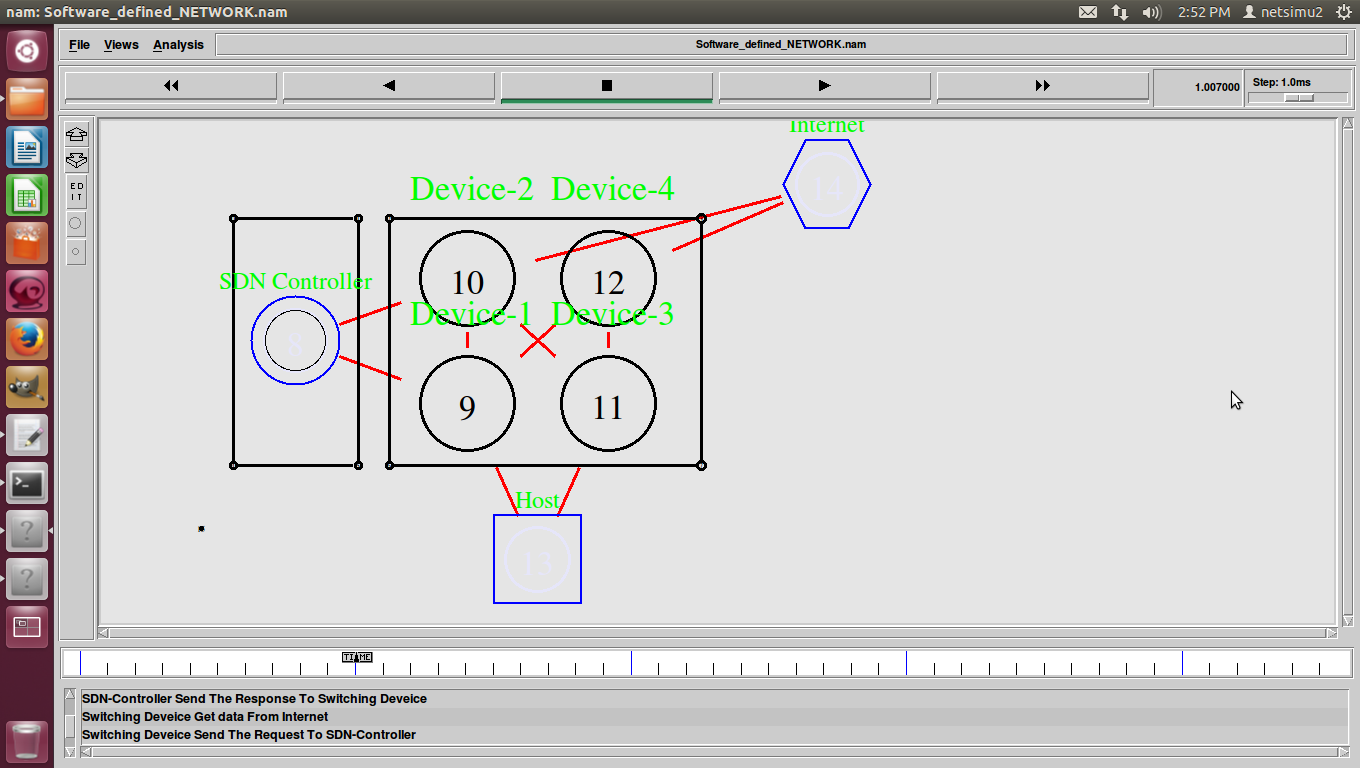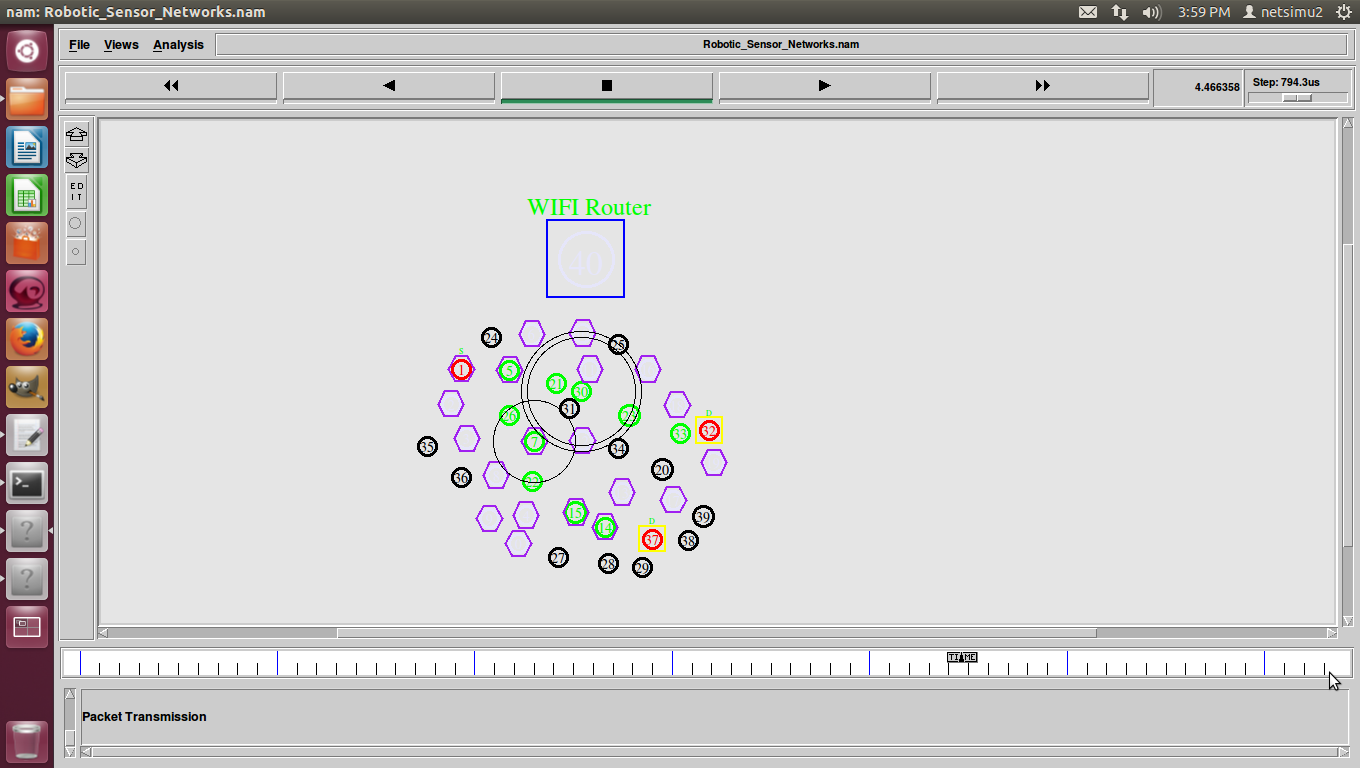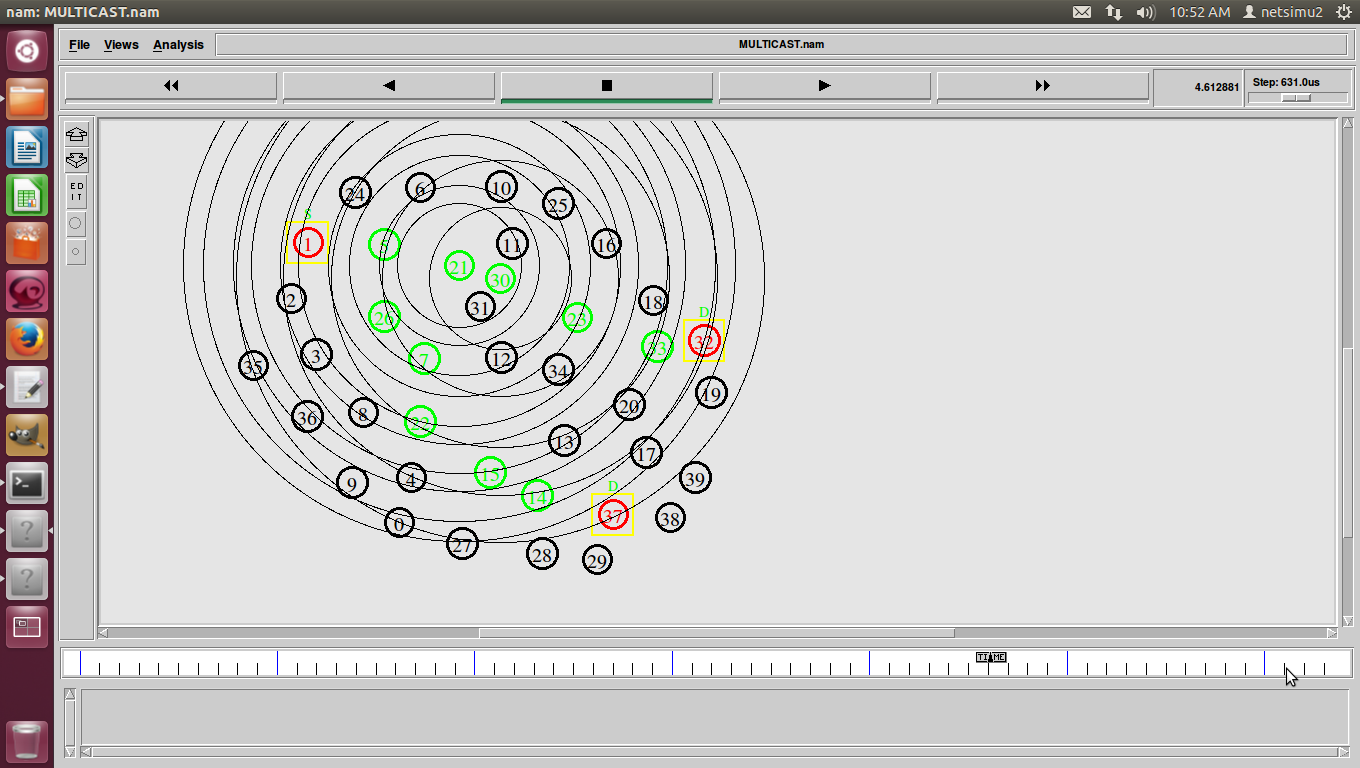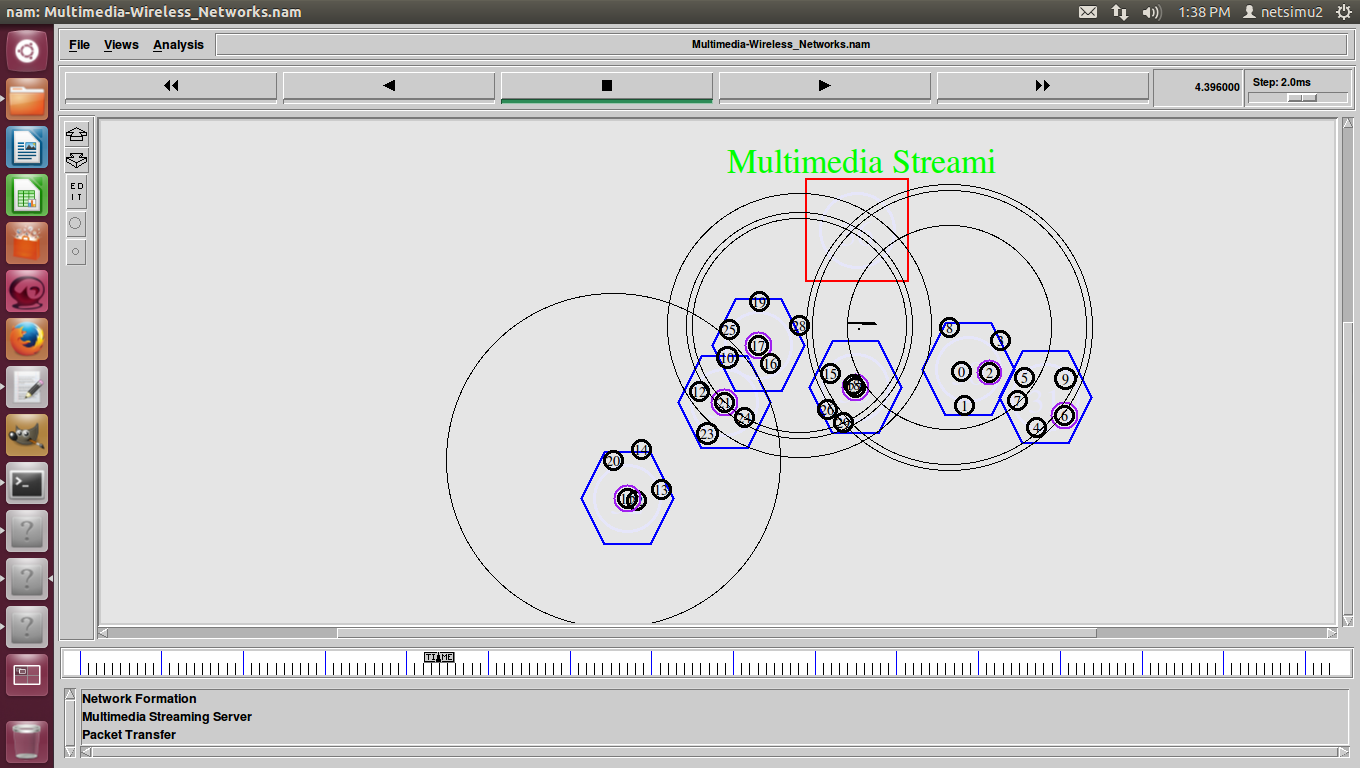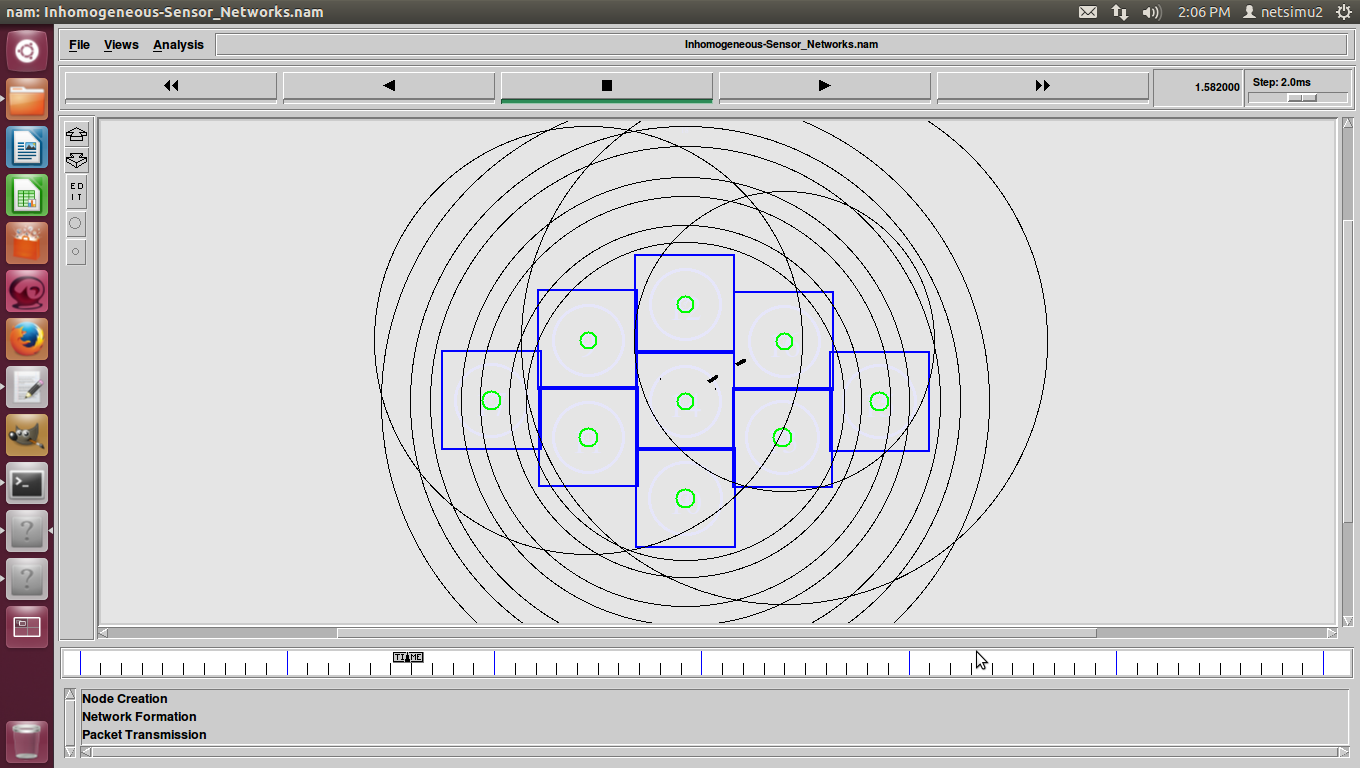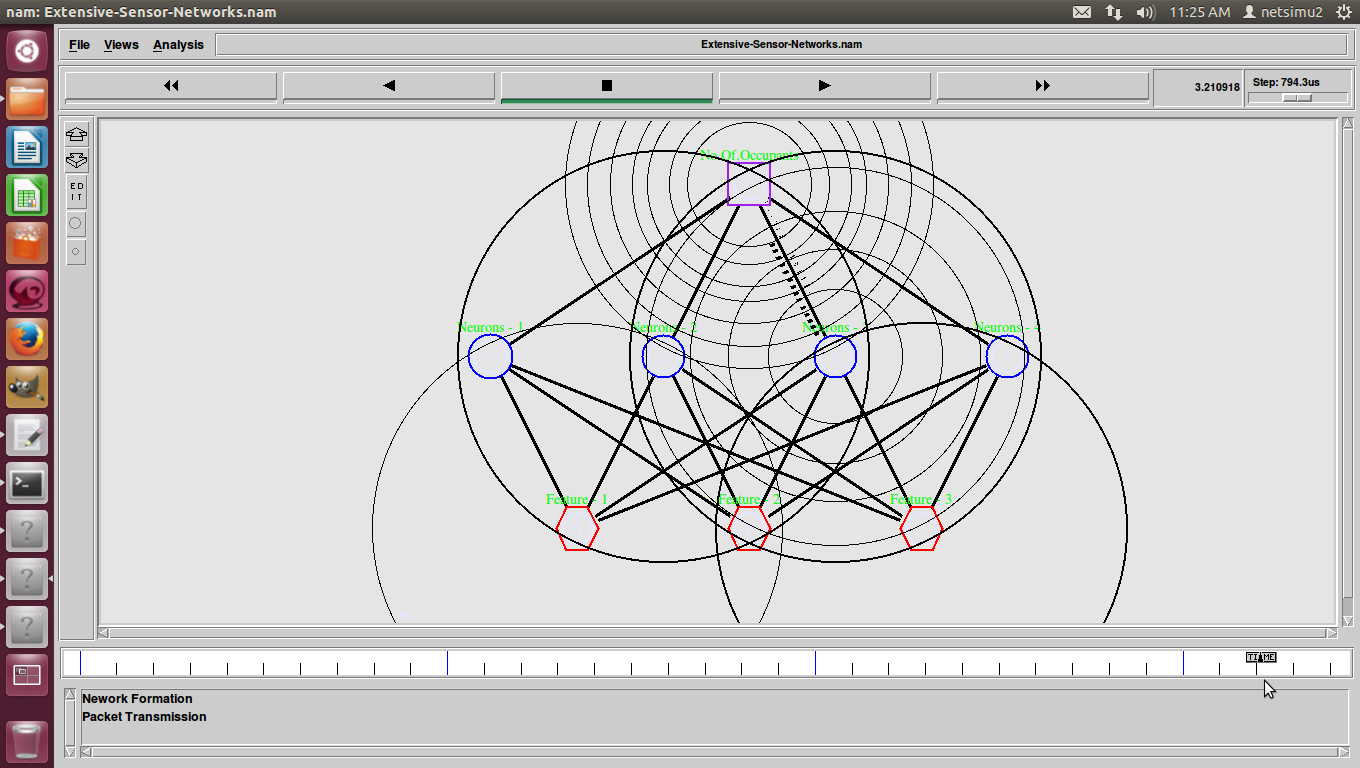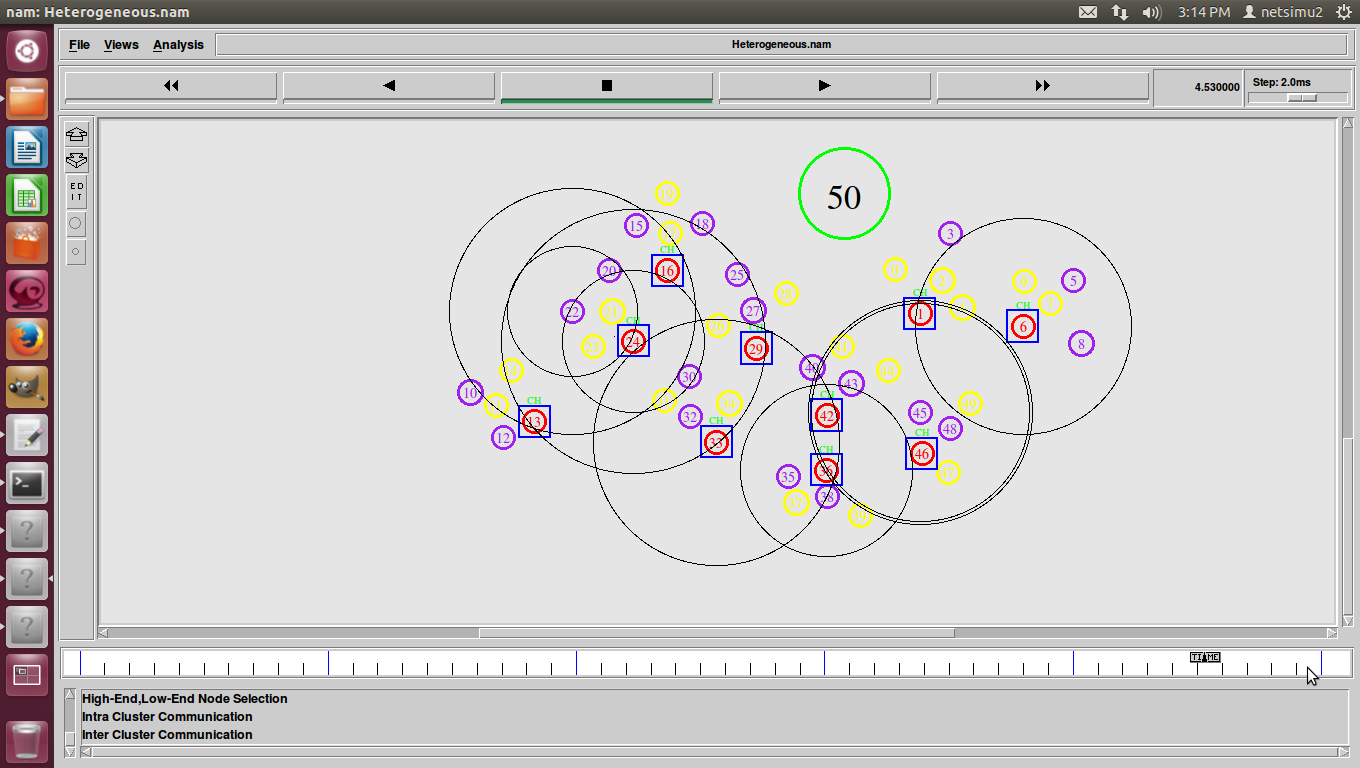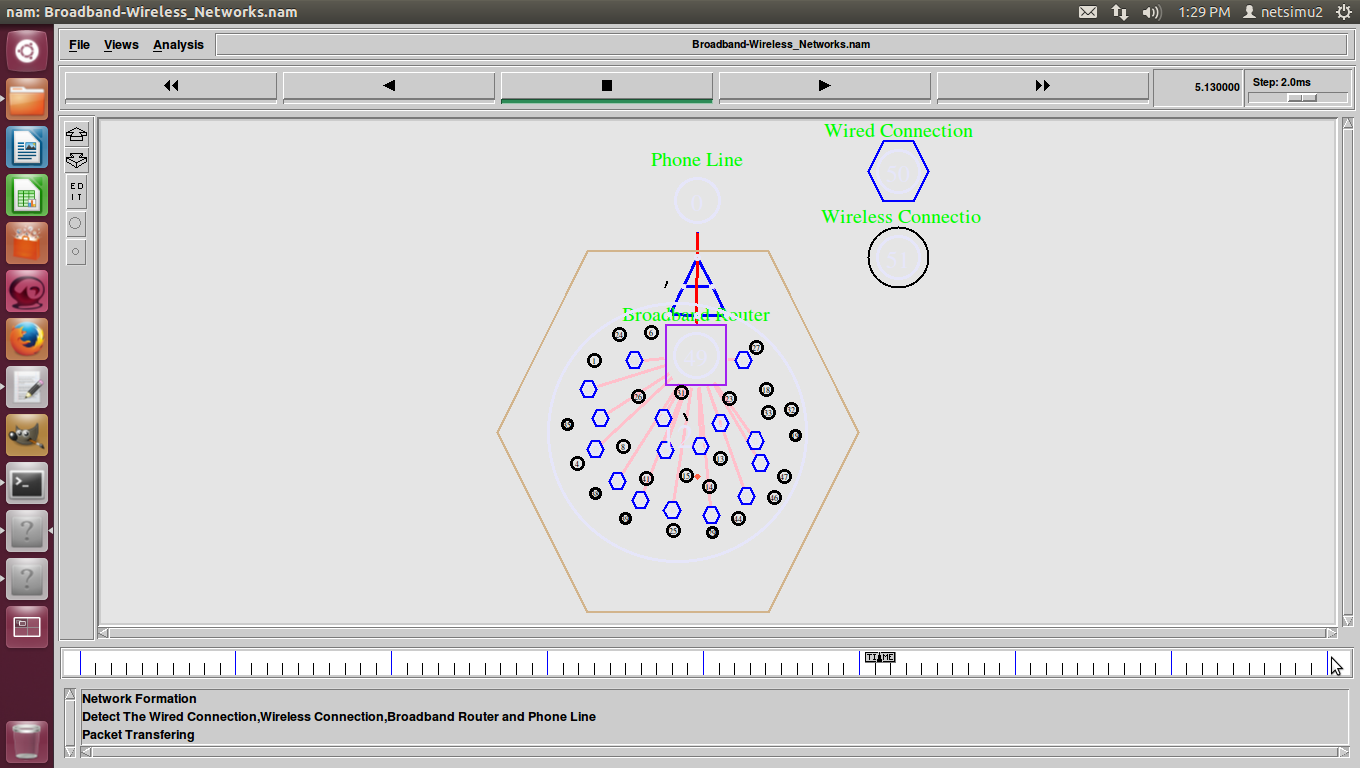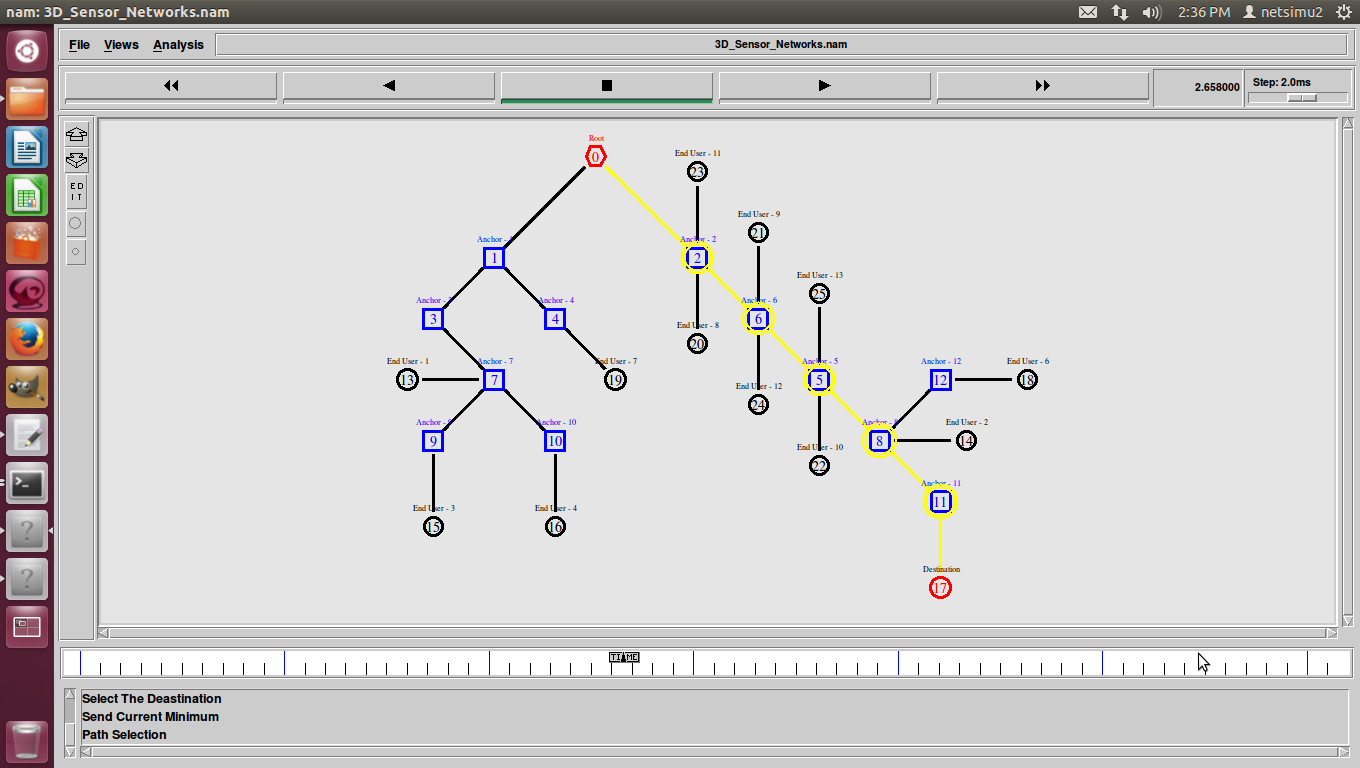Distance Distributions and Proximity Estimation given Knowledge of the Heterogeneous Network Layout
Today’s heterogeneous wireless network (HWN) is a collection of ubiquitous wireless networking elements (WNEs) that support diverse functional capabilities and networking purposes. In such a heterogeneous networking environment, proximity estimation will play a key role for the seamless support of emerging applications that span from the direct exchange of localized traffic between homogeneous WNEs (peer-to-peer communications) to positioning for autonomous systems using location information from the ubiquitous HWN infrastructure. Since most of the existing wirelessnetworking technologies enable the direct (or indirect) estimation of the distances and angles between their WNEs, the integration of such spatial information is a natural solution for robustly handling the unprecedented demand for proximity estimation between the myriads of WNEs.
In this paper, we develop an analytical framework that integrates existing knowledge of the HWN layout to enable proximity estimation between WNE supporting different radio access technologies (RATs). In this direction, we derive closed-form expressions for the distance distribution between two tagged WNEs given partial (or full) knowledge of the HWN topology. The derived expressions enable us to analyze how different levels of location-awareness affect the performance of proximity estimation between WNEs that are not necessarily capable of communicating directly. Optimal strategies for the deployment of WNEs, as means of maximizing the probability of successful proximity estimation between two WNEs of interest, are presented, and useful guidelines for the design of locationaware proximity estimation in the nowadays HWN are drawn.






